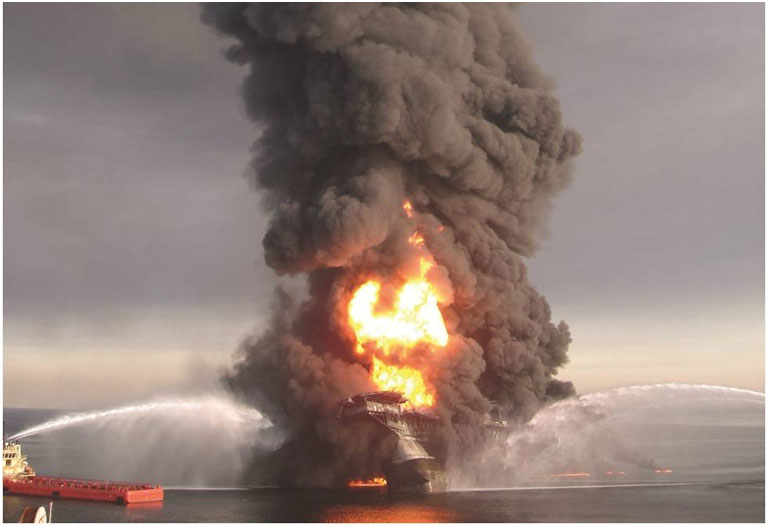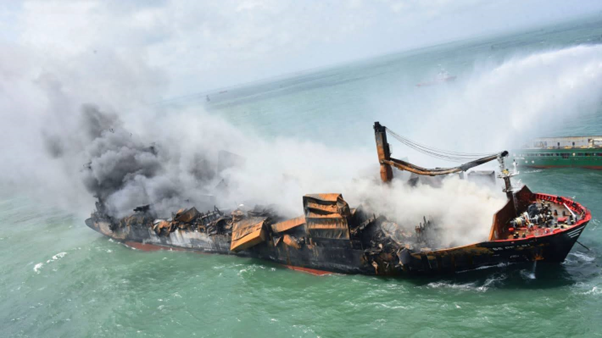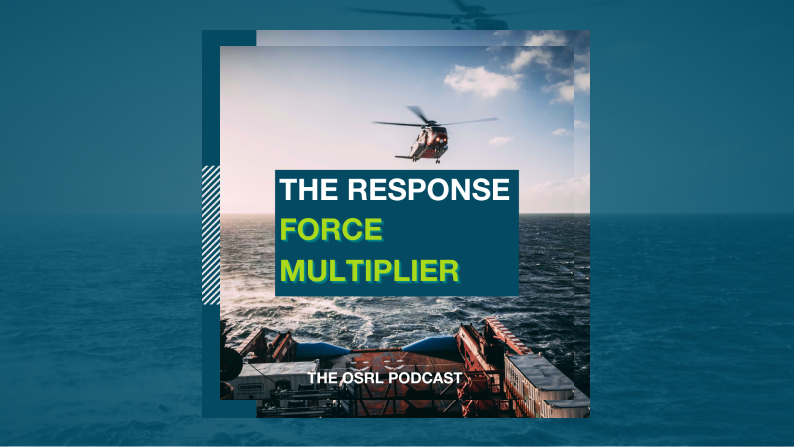Spill Journal: Montara, West Atlas
The Montara incident was an oil and gas leak, and subsequent slick that took place in the Montara oil field in the Timor Sea, off the northern coast of Western Australia. The slick was released following a blowout from the Montara wellhead platform and continued leaking in total for 74 days.
Incident Timeline
21 August: 0530 hrs
An uncontrolled release reported from the Montara Wellhead platform located 140 nautical miles (260 kilometres) offshore from the northwest Australian coast. Initial statements from the operator estimated the release rate to be 400 barrels/ day (64 tonnes) of crude oil. However, for safety reasons this estimate could not be confirmed at any time during the incident, nor was it possible to provide a more accurate assessment.
Immediate response actions included resources from OSRL and Australian Response Organisations being deploying such as:
- A dispersant application aircraft (Hercules C-130) from OSRL, Singapore)
- Personnel from Australian Response Organisations
- Additional dispersant from Australian Response Organisations (initially approximately 50 tonnes) to supplement stocks from the Darwin stockpile.
3 November
Response operations finally cease. Well is killed after 74 days.

OSRL Mobilisation
Over 130 surveillance flights were conducted throughout the duration of the operation.
These flights gathered oil spill intelligence, environmental data, and directed aircraft and vessels undertaking dispersant spraying and offshore containment and recovery operations, to heavy concentrations of oil.
Throughout the incident, the majority of observed oil remained within 19 nautical miles (35 kilometres) of the platform. Patches of sheen and weathered oil were reported at various distances and different directions from the platform due to wind, currents and seas conditions varying.

Personnel and Equipment
Response personnel were provided by the oil industry, OSRL and Australian Response Organisations as well as through the National Response Team (NRT) arrangements. This included assistance from all States and the Northern Territory (NT). Assistance was also provided by New Zealand personnel in accordance with the formal Memorandum of Understanding arrangements between Australia and New Zealand.
In total, 247 personnel were involved in the response, with many undertaking more than one rotation through at least one of the positions in the response organisation.
Observations made by experienced personnel during the response indicated that the use of dispersant was highly effective in assisting the natural process of biodegradation and minimising the risk of oil impacts on reefs or shorelines.
The six types of dispersant used; Slickgone NS, Slickgone LTSW, Ardrox 6120, Tergo R40, Corexit 9500 and Corexit 9527 were all prior approved for use within Australian waters, having passed laboratory acute toxicity testing requirements applied under the National Plan arrangements.

Response Summary
OSRL was mobilised by an Australian Response Organisation before being mobilised by the responsible party.
The close relationship between OSRL and the Australian Response Organisation facilitated the mobilisation of equipment and personnel at an early stage of the incident. This allowed the responsible party to concentrate on the well kill and all response organisations to manage the incident.
The use of Fluorometry to test the dispersants effectiveness was used and proved very useful. The primary response strategy was offshore surface dispersant application and offshore containment and recovery, which tested the logistics of the operation.

Download the Spill Journal
Member Response Services
Guaranteed and immediate response for members, 24 hours a day, 365 days per year. We are ready to respond with our expertise and resources anytime, anywhere.







